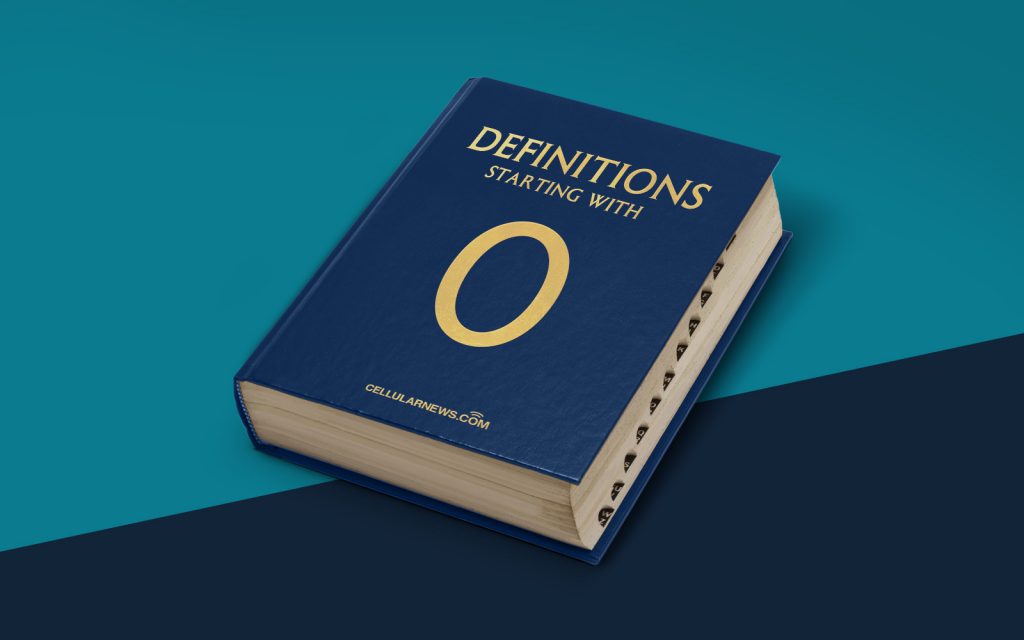
What is Obsolete? A Comprehensive Definition
Greetings fellow knowledge seekers! Welcome to our “Definitions” category, where we dive deep into various concepts to provide you with comprehensive explanations. Today, we’ll be exploring the meaning of “obsolete” and shedding light on its implications in our ever-evolving world. So, what exactly does it mean for something to be obsolete?
When something becomes obsolete, it essentially means that it is no longer needed or useful, as newer and superior alternatives have taken its place. Whether it’s technology, ideas, or practices, obsolescence is an inevitable consequence of progress and innovation. However, it’s important to note that obsolescence doesn’t render something completely irrelevant or useless; it simply means that it has been surpassed by more efficient and effective options.
Key Takeaways:
- Obsolescence refers to something that is no longer needed or useful.
- It is a result of progress and innovation, as newer alternatives surpass older ones.
Now that we have a general understanding of what obsolescence means, let’s dig deeper into different types of obsolescence that can occur:
1. Technological Obsolescence
In this fast-paced digital age, technological advancements are continually shaping our lives. Technological obsolescence occurs when a particular device, software, or innovation becomes outdated due to the emergence of newer, more advanced options. The rapid evolution of smartphones, for instance, often renders older models obsolete as manufacturers release newer and more feature-packed versions.
2. Functional Obsolescence
Functional obsolescence refers to the loss of usefulness of a product or system because it no longer fulfills market demands or user needs. This happens when a particular feature, design, or functionality of an item becomes outdated or less desirable compared to what is currently available. For example, a once-popular fashion trend may become functionally obsolete as newer styles gain popularity and consumer preferences shift.
It’s important to highlight that obsolescence is not always negative. In fact, it often paves the way for progress and encourages innovation. Companies and individuals who adapt to these changes can seize opportunities to create and improve upon existing solutions, benefiting both themselves and society as a whole.
So, the next time you come across the term “obsolete,” remember that it signifies the inevitable evolution of ideas, practices, and technology. Embracing change and staying open to new possibilities can help us navigate the intricate web of obsolescence and continue moving forward.
Key Takeaways:
- Technological obsolescence occurs when newer and more advanced options render previous innovations outdated.
- Functional obsolescence happens when a product or system can no longer fulfill market demands or user needs due to outdated features or functionality.
We hope this comprehensive definition has shed light on the concept of obsolescence and its various forms. Remember, staying inquisitive and adaptable is key in a world where everything is constantly evolving. Keep exploring and keep learning!
